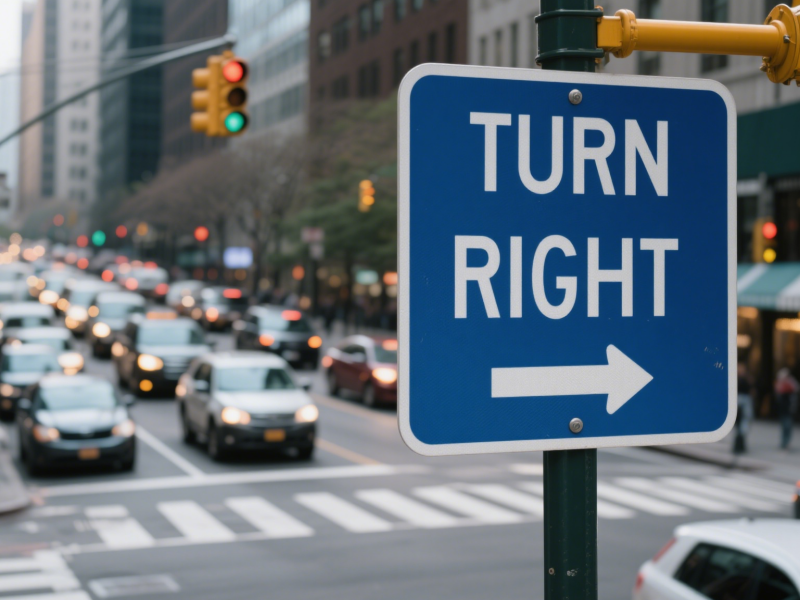Road traffic signs are an important part of the traffic sign system, accurately guiding the vehicle route and providing traffic safety information. However, any unstable traffic sign will not only affect the driver’s driving safety, but may also have serious consequences. Therefore, the stability and wind resistance of traffic signs are crucial.
As a traffic sign manufacturer deeply engaged in the field of traffic facilities, Qixiang’s independently developed windproof and earthquake-resistant road signs strictly follow the wind resistance grade design specifications, use high-strength alloy skeletons and thickened reflective panels, and are verified by professional wind tunnel tests to withstand strong winds and calmly cope with extreme climates such as gales and blizzards.
The impact of stability on driving safety
The stability of traffic signs determines whether they can remain upright and stable under severe meteorological conditions. For different types of road signs, under different external environmental conditions, the stability of their structures and materials is particularly important. How to maintain the stability of traffic signs under extreme weather conditions such as high winds, earthquakes, and heavy rains is an issue that needs attention.
Wind resistance test standard for traffic signs
According to the wind resistance test standard for traffic signs, the measured wind speed should be a wind speed within a certain empirical value or design standard range. During the test, the sign should remain upright and should not tilt beyond the specified value. It is through this standard that the stability and wind resistance of traffic signs can be monitored and detected to see whether they meet the requirements of relevant national traffic standards.
Factors affecting the stability of road signs
The so-called factors affecting the stability of road signs refer to the external factors to which the signs are subjected during use, and are reflected in the weight, structure, material and reflective properties of the signs. Among them, snow, ice and eccentric load effects in winter, high temperatures, strong winds and time effects in summer, and earthquakes in autumn will seriously affect the stability of road signs.
Improving the stability of traffic signs
By studying the stability of traffic signs, it is an important task to improve their wind resistance. The following measures can be taken to achieve the goal:
In the production of traffic signs, select materials with stability and wind resistance, such as aluminum alloys, stainless steel, etc.
Increase the contact area between traffic signs and the road surface, and improve the adhesion between the signs and the road surface.
Develop a reasonable installation plan based on the size and location of the sign to improve the stability of the sign.
Choose a suitable installation site, such as in a place where a tall building or a large tree blocks the wind.
The importance of the stability and wind resistance of traffic signs cannot be ignored. By analyzing and studying the structural materials, meteorological conditions, size and location, airflow environment, and friction between the sign and the road surface, the stability and wind resistance of traffic signs can be better improved to ensure driving safety.
As a traffic sign manufacturer deeply engaged in the field of traffic facilities, Qixiang is driven by national standards and cutting-edge industry technologies, focusing on creating wind-resistant traffic signs. Please rest assured to choose us and contact us at any time for a free quote.
Post time: May-08-2025







